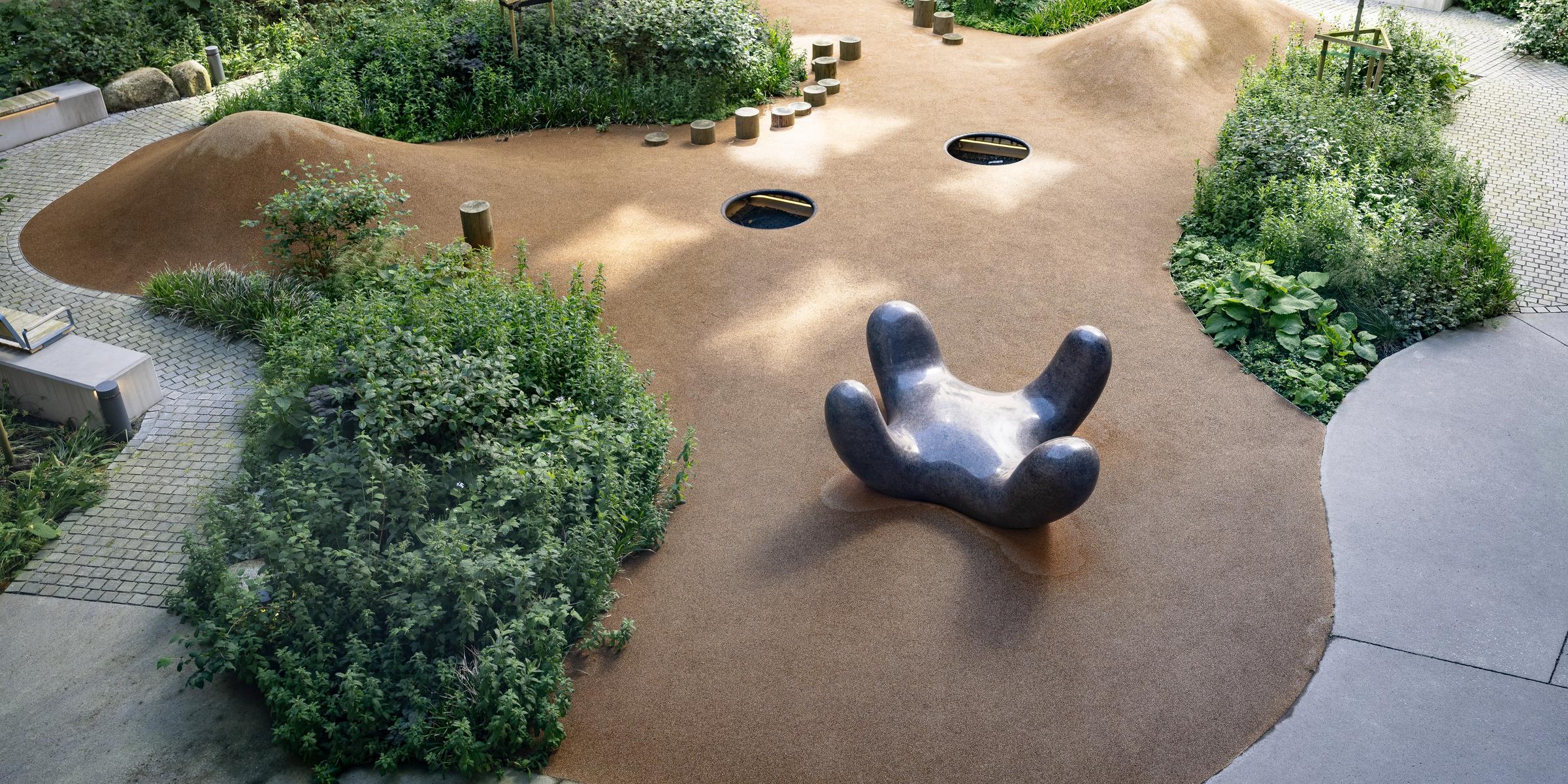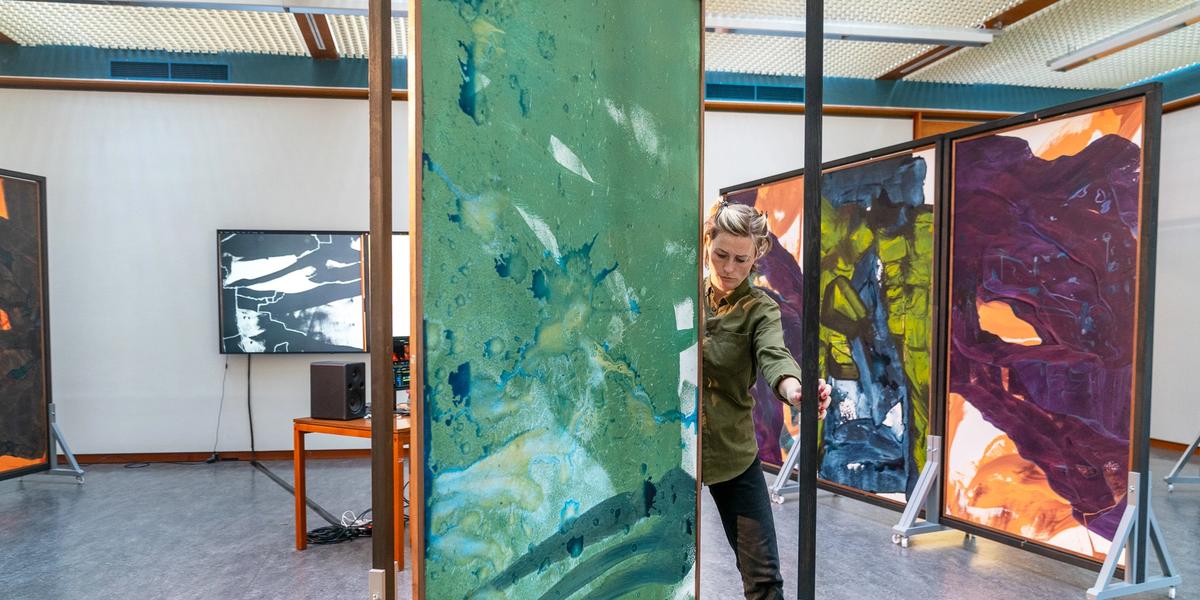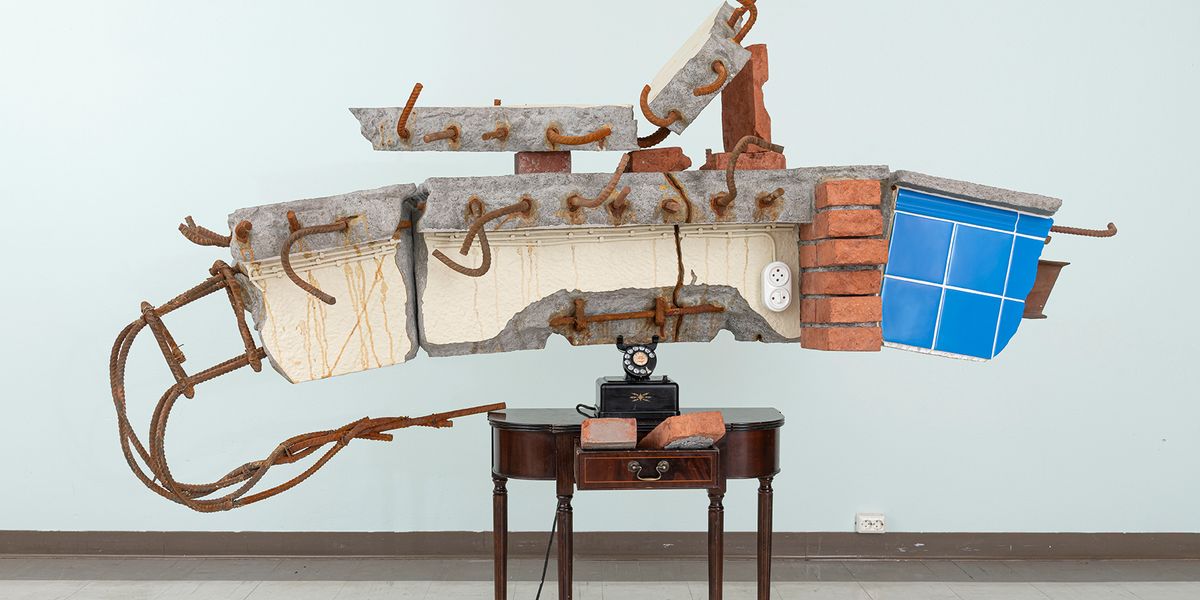
Ambisiøse planer for kunst i uterom
Prosjektet Der vi møtes - Kunst i uterom er Stavanger kommunes største satsning på kunst i offentlige rom noensinne. Når det første delprosjektet – filmprogrammet Transitt – lanseres kommende helg, markerer det starten på månedsvis med kunstproduksjon og -formidling i forskjellige format og tidshorisonter. CAS har tatt en prat med duoen Koffi & Højgaard (Pauline Koffi Vandet og Ida Højgaard), som kuraterer satsningen.
- NO
- 19 November 2025
- Interview
- Sofie B. Ringstad











